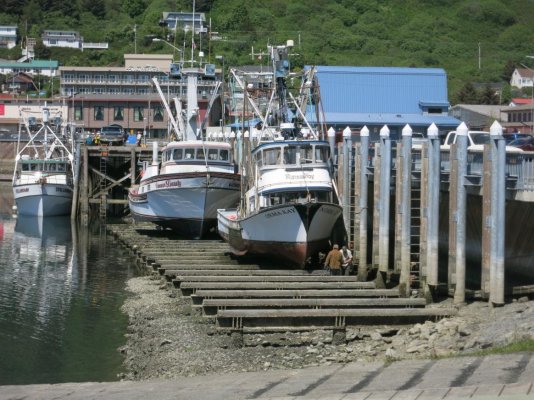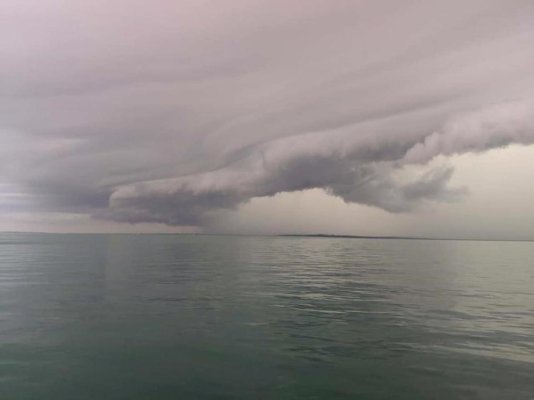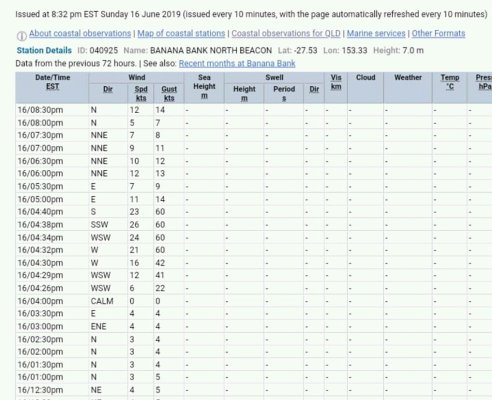Nomad Willy
Guru
Yes I can produce about 1000lb pull at full throttle in fwd gear w Willy .. I think. Just judging from what I have read. Steve of Anchor Setting Vidios got into that when Peter B asked about reverse thrust.
I’ve found that my two propellers differ greatly fwd to reverse. My reverse gear feels like twice or more reverse thrust is availible w my MP prop that has symetrical blades w no twist. That is the pitch is constant across the blades.
But it’s my other prop that’s weak in reverse and it’s probably a typical prop. Like most other trawlers on this forum.
I agree w your “50 or 60hp .... except that I feel it’s closer to 50hp. Nice round figure to work with.
But what happends when you’ve got a group of boaters w extremly wide range of boats .. some w enough power to pull a house over and others w barely enough to pull the screen door open. All talk’in about backing down anchoring at 1400rpm.
We all need to sort this all out and do what’s relavant to our own boats and situations.
And FF other anchor tests use a benchmark of 5000lbs rode tension.
I’ve found that my two propellers differ greatly fwd to reverse. My reverse gear feels like twice or more reverse thrust is availible w my MP prop that has symetrical blades w no twist. That is the pitch is constant across the blades.
But it’s my other prop that’s weak in reverse and it’s probably a typical prop. Like most other trawlers on this forum.
I agree w your “50 or 60hp .... except that I feel it’s closer to 50hp. Nice round figure to work with.
But what happends when you’ve got a group of boaters w extremly wide range of boats .. some w enough power to pull a house over and others w barely enough to pull the screen door open. All talk’in about backing down anchoring at 1400rpm.
We all need to sort this all out and do what’s relavant to our own boats and situations.
And FF other anchor tests use a benchmark of 5000lbs rode tension.




